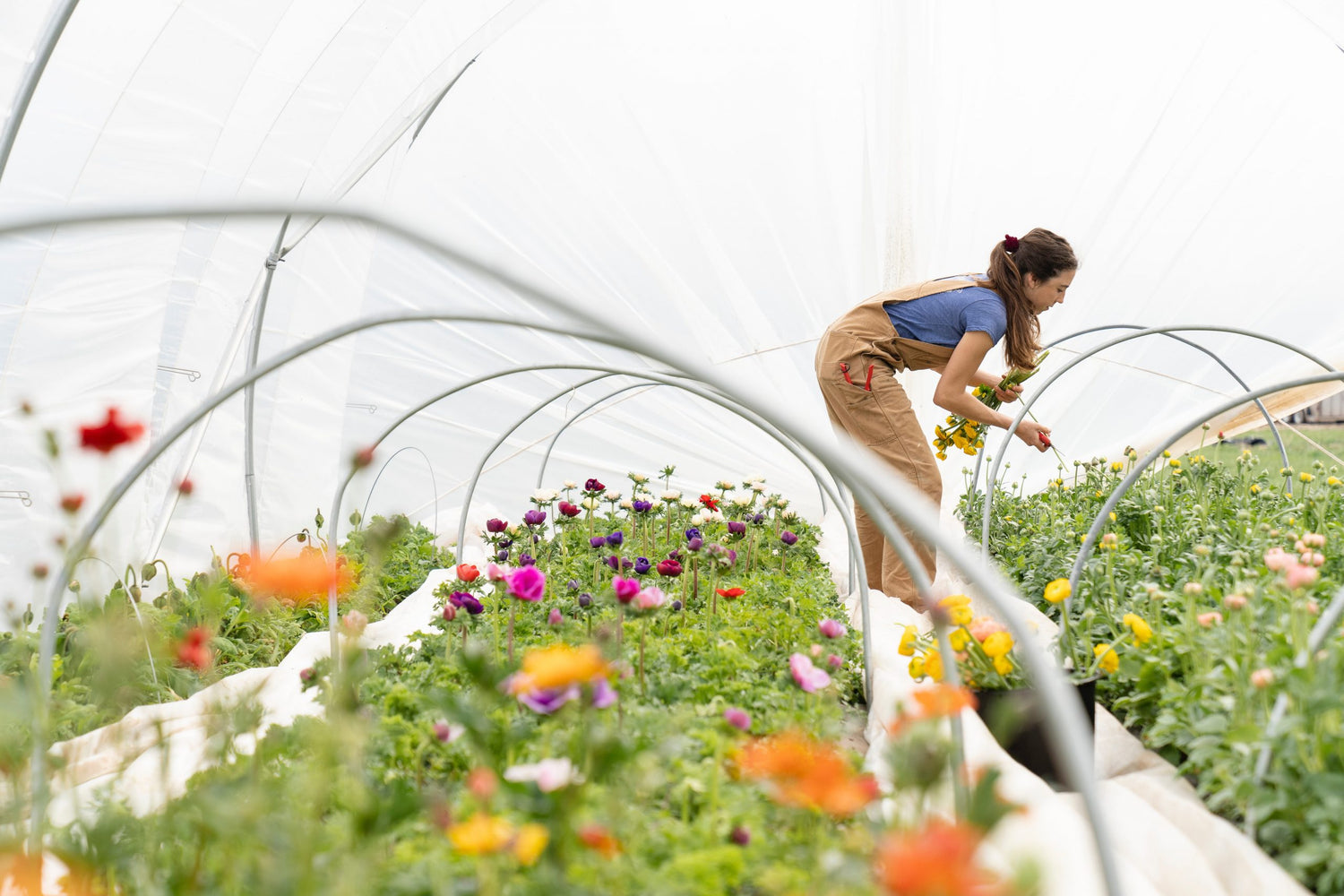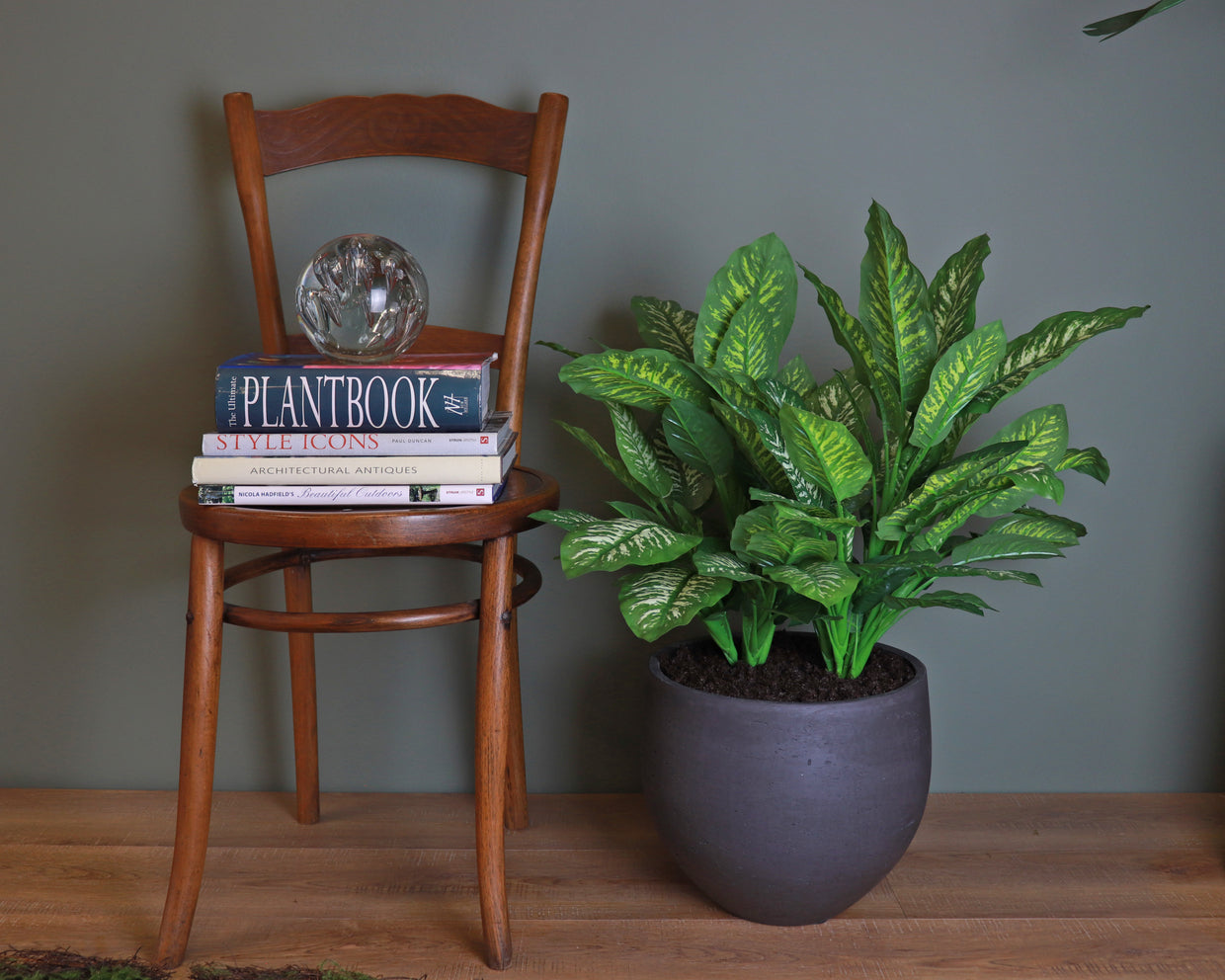Artificial Flowers vs Fresh Flowers: An environmental comparison
The fresh flowers that we buy for our homes, offices and gift to our friends and family come at a significant cost to the environment. It is time that we consider the true cost of our love for fresh flower.
You would be amazed at the number of environmental consequences of using fresh flowers! Regardless of whether you’re buying for yourself or looking to spoil a loved one, purchasing flowers for individuals and businesses who care about the earth can be rather problematic.
You may have heard about ‘food miles’, the growing trend of buying food that has been locally grown, locally produced or locally made. The benefit? A great way of reducing our carbon footprint and ensuring our planet stays beautiful. Well, the same principle applies to fresh flowers.
Below we look at 3 aspects that cost the environment when using fresh flowers:
The environmental cost of fresh flowers transported.

A large amount of fresh flowers are grown in greenhouses in Central and South America, Africa and Europe. In order for these flowers to reach the consumer, they must be packaged and flown by air across the world. For the duration of the transit, these flowers must be kept in refrigerated holds to ensure their freshness. Studies have shown that during a single valentine’s day in the US, fresh flowers flown in from South America produced 9000 tons of CO2, equivalent to over 4 million liters of burnt petrol.
The environmental cost of fresh flowers planted.

Since flowers are not edible, regulators are not strict on pesticide laws, therefore flowers carry significantly more pesticides than is allowed on food. About one-fifth of the chemicals used in the floriculture industry in developing countries are banned in the US. Pesticides like Methyl Bromide are used during the growing process and is highly toxic. Even when the flower has completed its life cycle, it ends up in a land fill where it decomposes producing methane, another greenhouse gas. This is hazardous to humans and destructive to the ozone layer.
The environmental cost of fresh flowers watered.

Water use is also a huge issue. Increasingly, water is being exported through trade from some of the most water-stressed countries. For example, cut flowers account for 45 per cent of Kenya’s water exports.
It comes as no surprise then that artificial flowers continue to grow in popularity. The global artificial flower market is now valued at over 1.6 Billion USD. Silk flowers are now made the use of recyclable materials, no need for pesticides, the have an emissions benefit of transport by sea, and they remain beautiful for years.
Read up about some more environmental facts from Fig and Bloom.
We have detailed some further comparisons between fresh and artificial flowers.
-
Resource Consumption:
- Fresh Flowers: Growing fresh flowers requires significant amounts of water, land, and energy. The cultivation process involves pesticides, fertilizers, and intensive irrigation, leading to water pollution and habitat destruction. Additionally, transportation of fresh flowers from farms to markets consumes fossil fuels, contributing to carbon emissions.
- Artificial Flowers: Production of artificial flowers and floral arrangements primarily involves the use of non-renewable resources such as petroleum-based plastics and metals. While the initial manufacturing process consumes energy and resources, artificial flowers can be reused multiple times, potentially reducing resource consumption over their lifespan compared to fresh flowers.
-
Carbon Footprint:
- Fresh Flowers: The carbon footprint of fresh flowers is primarily attributed to agricultural practices, transportation, refrigeration, and waste disposal. Long-distance transportation of flowers, especially from overseas, significantly increases carbon emissions. Moreover, decomposition of organic waste from flower farms generates methane, a potent greenhouse gas.
- Artificial Flowers: The carbon footprint of artificial flowers is mainly associated with manufacturing processes, including extraction of raw materials, production, and transportation. However, once manufactured, artificial flowers have minimal carbon emissions during use and can be reused indefinitely, potentially offsetting their initial carbon footprint over time.
-
Waste Generation:
- Fresh Flowers: Fresh flowers have a limited lifespan and often end up as organic waste after use. Discarded flowers contribute to landfill methane emissions if not composted properly. Additionally, the use of plastic packaging for fresh flowers adds to plastic pollution, further exacerbating environmental concerns.
- Artificial Flowers: While artificial flowers are not biodegradable, they can be reused for multiple purposes, including decoration, crafts, and events. Proper storage and maintenance can extend their lifespan, reducing the frequency of disposal. However, eventual disposal of artificial flowers poses challenges due to their non-biodegradable nature and limited recycling options.
-
Environmental Sustainability:
- Fresh Flowers: Sustainable practices such as organic farming, local sourcing, and eco-friendly packaging can mitigate the environmental impact of fresh flowers to some extent. However, the sheer volume of water, land, and energy required for large-scale flower cultivation remains a significant challenge for achieving sustainable outcomes.
- Artificial Flowers: While artificial flowers offer advantages in terms of durability and reusability, they raise concerns regarding the use of non-renewable resources and environmental pollution during manufacturing. Sustainable alternatives, such as eco-friendly materials and ethical manufacturing processes, are emerging to address these concerns and improve the overall environmental sustainability of artificial flowers.
Conclusion:
In conclusion, both fresh and artificial flowers have distinct environmental impacts, with trade-offs between resource consumption, carbon footprint, waste generation, and sustainability. While fresh flowers require significant natural resources and contribute to pollution through agricultural practices and waste disposal, artificial flowers pose challenges related to the use of non-renewable materials and disposal issues.
Achieving eco-friendliness in floral products requires a holistic approach, integrating sustainable practices throughout the supply chain, from production to consumption and disposal. Consumers and businesses alike can make informed choices based on the environmental considerations outlined in this report to minimize the ecological footprint of their floral choices.
Silk by Design Australia supplies Eco-Friendly silk flowers and plants to customers throughout Australia. Browse our products to find that perfect home decor item or unique gift.




Leave a comment
This site is protected by hCaptcha and the hCaptcha Privacy Policy and Terms of Service apply.